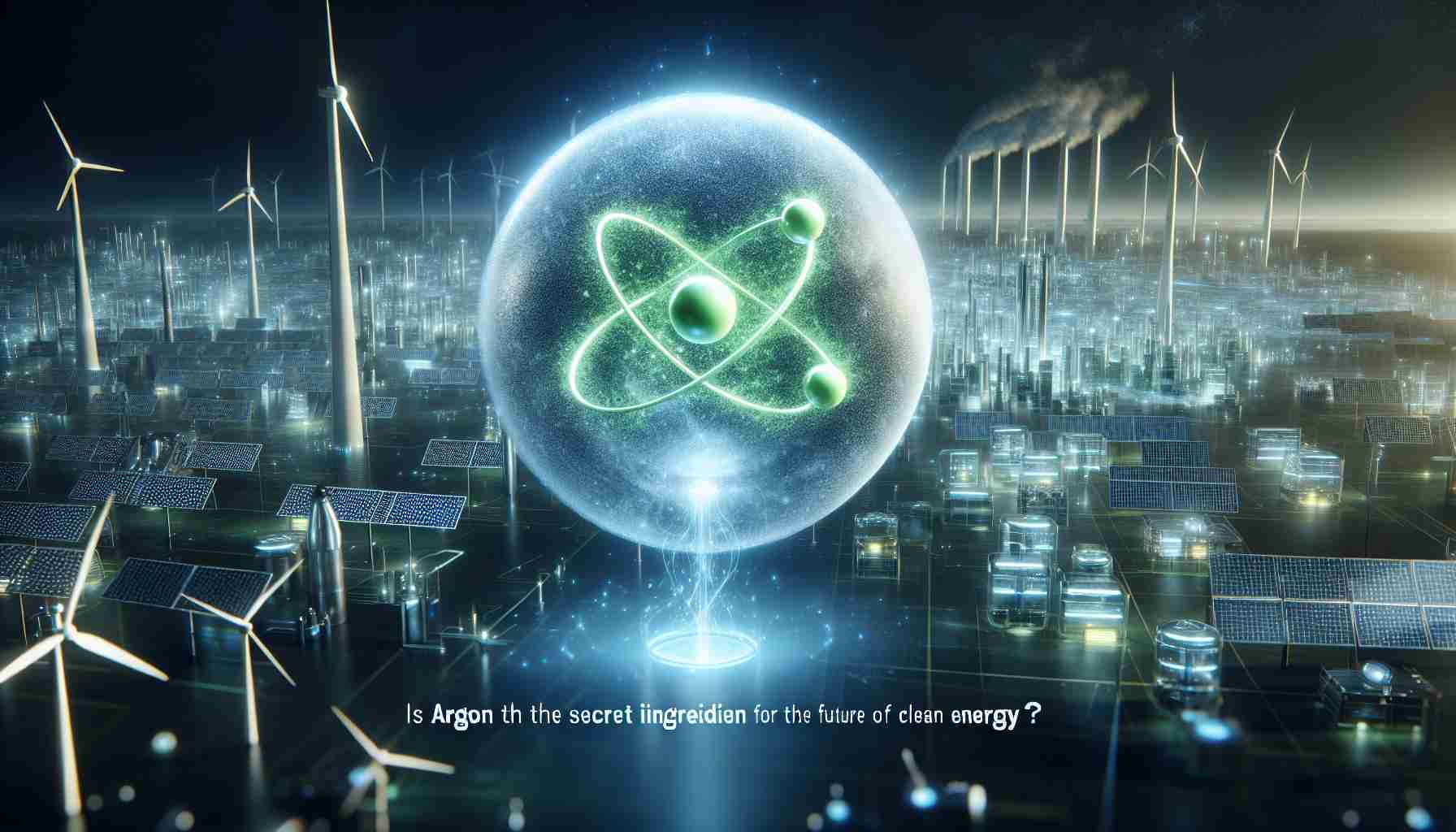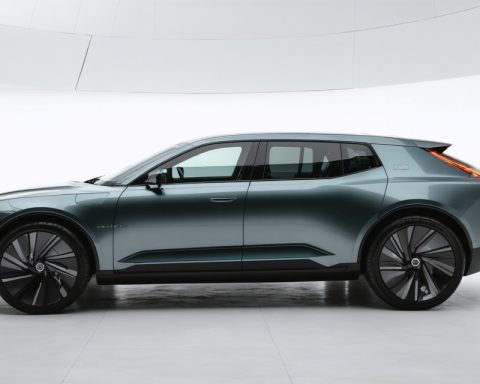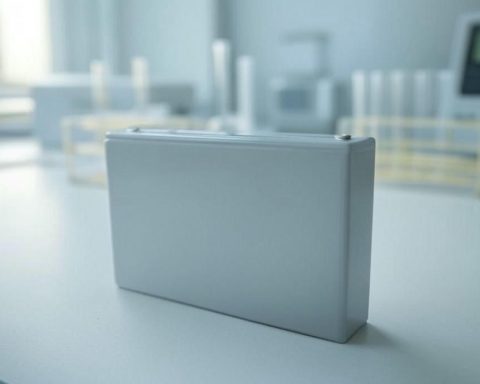In a groundbreaking initiative to revolutionize cleaner energy production, Wärtsilä joins a pioneering research project focused on a cutting-edge approach to engine efficiency. This bold exploration targets a novel closed-loop combustion cycle using argon, an often-overlooked atmospheric gas, to supercharge engine performance and sustainability.
The project, spearheaded by the University of Vaasa and dubbed the Integrated Hydrogen-Argon Power Cycle (iHAPC), seeks to harness the unique properties of argon to elevate the thermodynamic efficiency of engines. By substituting traditional air with argon and oxygen in their engines, researchers aim to create a transformation in how energy is converted, ultimately reducing emissions and increasing sustainability.
The partnership, backed by Business Finland and involving diverse collaborators, aims to apply this Argon Power Cycle to medium-speed engines, promoting full argon recovery. With hydrogen, oxygen, and argon as the core ingredients, the process promises a near-zero emission outcome, producing only water and recycling the argon for repeated use.
In a strategic initiative aligned with the push towards renewable energy, this technology particularly looks to bolster balancing engines. These engines, crucial for offsetting the intermittency of wind and solar power, stand to become even more effective with a transition to hydrogen-based operation — a transformation projected to be feasible by the end of this decade.
University of Vaasa’s expert Professor Maciej Mikulski emphasizes the cycle’s ability to maximize green hydrogen’s potential. Meanwhile, Wärtsilä’s commitment to sustainable innovation highlights their role in reshaping the energy landscape with smarter solutions that promise both enhanced affordability and environmental responsibility.
This Rare Gas Is Poised to Transform the Future of Energy—Here’s How
As the world races towards more sustainable energy solutions, the spotlight is now on a rather unexpected hero—argon gas. This inert gas, making up a small percentage of the Earth’s atmosphere, is at the heart of a revolutionary project aiming to change how engines operate. But what other potential impacts could arise from this innovative use of argon, and what controversies might it spark?
Argon: The Inert Gas with a Powerful Punch
While argon is primarily known for its use in light bulbs and welders, its role in the new Integrated Hydrogen-Argon Power Cycle (iHAPC) could make it a star in the energy field. Most people may not be aware that using argon in combustion cycles can significantly enhance thermal efficiency—increasing engine output without the corresponding increase in emissions. This places argon at the forefront of the clean energy reform.
Yet, as promising as the use of argon sounds, its application in engine cycles raises numerous questions. Could the increased demand for argon affect its availability and cost, impacting its other industrial uses? Would the infrastructure needed to recover and recycle argon be economically viable for widespread adoption?
Communities and Economic Impacts
The introduction of argon-powered engines could radically alter energy production, especially in sectors reliant on medium-speed engines. Local communities dependent on traditional fossil fuel industries may face economic challenges as demand shifts. However, this transition could also lead to the creation of new jobs focused on argon recycling, engine conversion, and maintenance, offering a potential boost to employment in regions adopting new technologies.
Moreover, by facilitating more effective balancing of renewable energy sources like wind and solar, communities could experience more reliable power supplies, lowering costs and increasing access to sustainable electricity.
Environmental Implications and Controversies
The environmental promise of near-zero emissions is undeniably appealing. Yet, as with any significant transition, there could be unintended ecological impacts. For example, large-scale production and handling of hydrogen involved in this cycle bring their own environmental challenges, such as potential leaks or energy-intensive processes. How will these risks be managed?
Furthermore, questions arise concerning the geopolitical implications of a technology that relies on a rare atmospheric gas. Could nations that control larger reserves of argon hold an advantageous position, potentially leading to monopolistic tendencies in this new energy landscape?
Global Energy Transition: The Road Ahead
As Wärtsilä and partners forge ahead with the iHAPC project, its success could prompt a rethinking of national energy policies, influencing energy independence strategies and international collaborations. What strategies would be necessary to ensure equitable access to this technology for developing nations?
Overall, the potential for argon to play a pivotal role in cleaner energy production is an exciting prospect. However, it must be met with careful consideration of economic, environmental, and geopolitical factors to ensure a balanced and fair transition to this promising fuel cycle.
For further reading on the developments in global energy technology, visit Reuters or BBC for comprehensive coverage.















